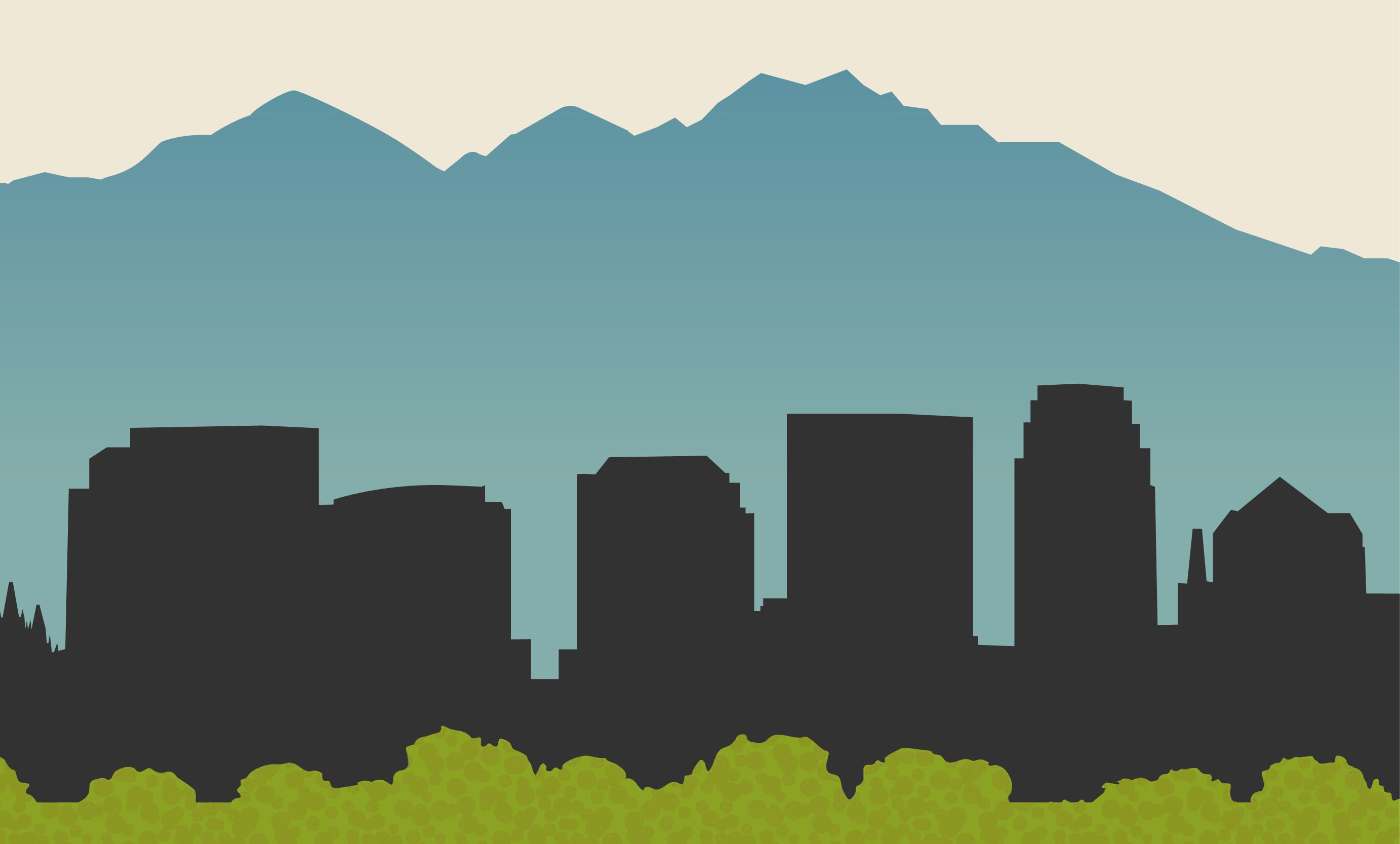
Be W.I.L.D. Foothills
Celebrate the beauty of our Foothills while fostering community connection and responsibility.
— Quick Links —
W — Welcome
Explore and enjoy the Foothills
The Foothills Natural Area welcomes hikers, bikers, runners, and four-legged friends to its trails and natural areas. How can you make all users feel welcome in the Foothills?
- Stay on designated, signed trails at all times.
- Keep dogs on leash at all times and pick up/pack out your dog’s waste. Many trailheads have waste bags and trash cans.
- Smile and say hello to other users!
- Know before you go. Check our Trail Conditions page for up-to-date trail information and avoid muddy trails to preserve the health of trail surfaces.
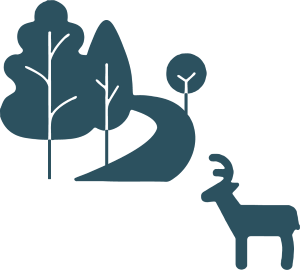
I — Inclusive Spaces
Our Public Lands are for everyone to share
Be aware and respectful of all visitors when visiting the Foothills.
- Who yields to whom? Yes, downhill bikes should yield to others but that everyone has a responsibility to pass with care. Each time on trail, please remember:
- Stay alert: be on the lookout for other hikers, runners, and bikers.
- Allow room for others to pass.
- Leash and control your dog.
- Slow when approaching others or around blind turns.
- Keep dogs on leash at all times. Not all trail users are comfortable with having an encounter with an off-leash dog.
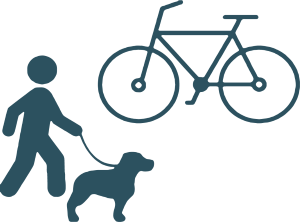
L — Limit Your Impact
Be aware of the impact of your feet, wheels, and paws
We are visitors in the Foothills. Let’s leave them better than we found them.
- Stay on designated trails to avoid eroding the landscape, spreading invasive weeds, and causing the need for maintenance and repair.
- Pack it out. Pack out dog waste and trash, and consider picking up just one piece of trash you find along the way. Small gestures make a big difference.
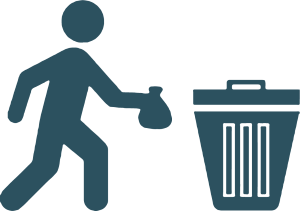
D — Do What You Can
We can all do our part through volunteering and stewardship
Are you interested in giving back to the Foothills? Foothills volunteers and stewards help remove invasive weeds, clean up trailheads, and do light trail maintenance. Visit our stewardship page for information and sign up for the Foothills newsletter to receive volunteer opportunities.
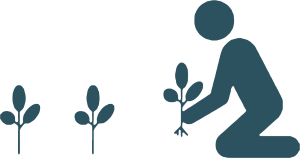
Learn more ways to Be W.I.L.D. in the Foothills
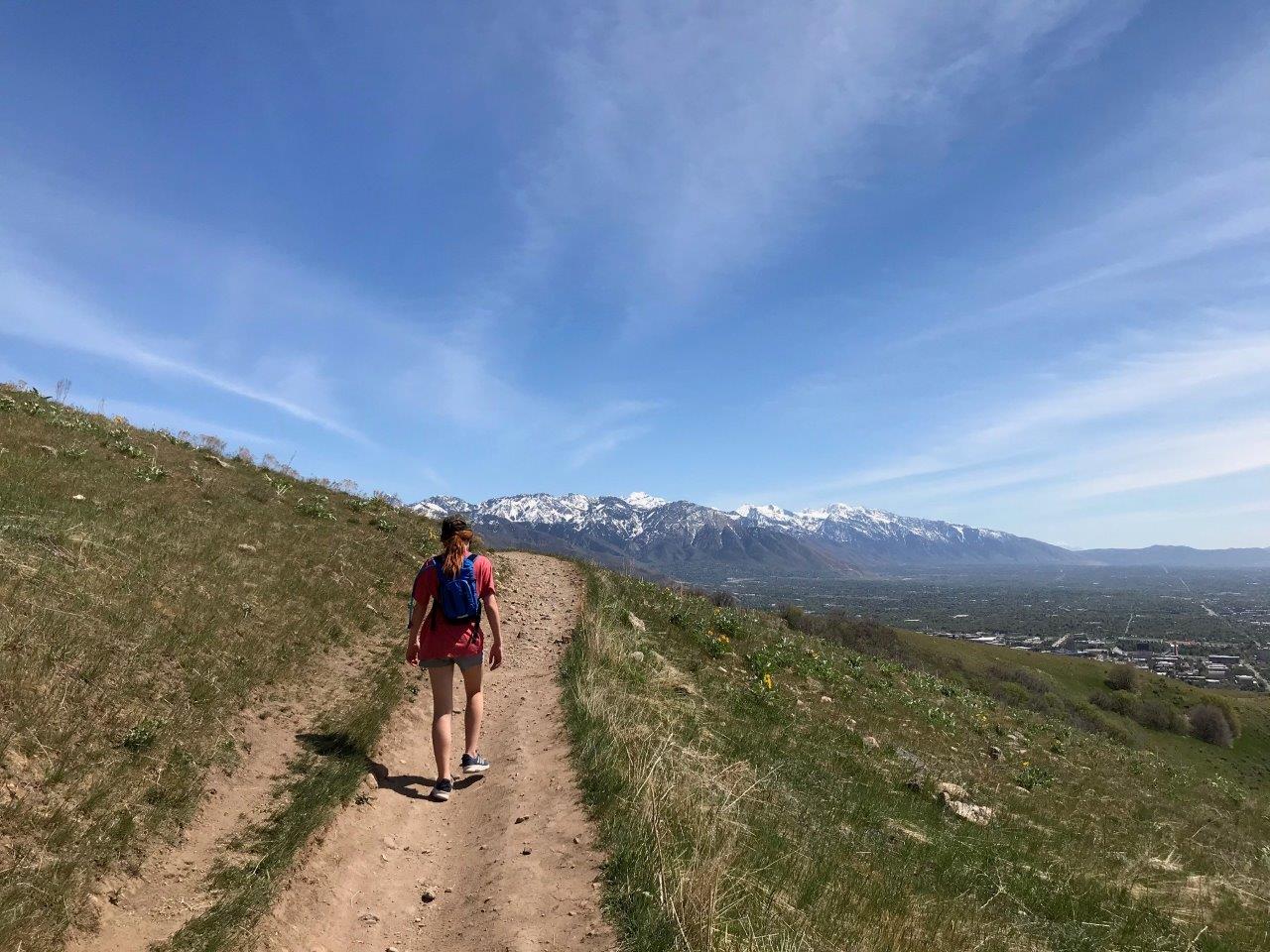
Hiking
in the
Foothills
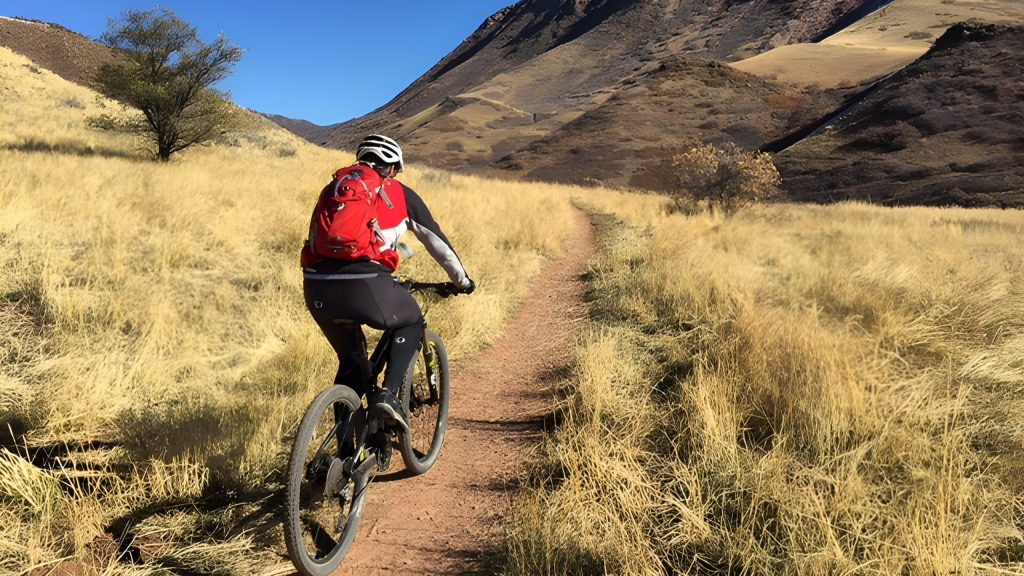
Biking
in the
Foothills
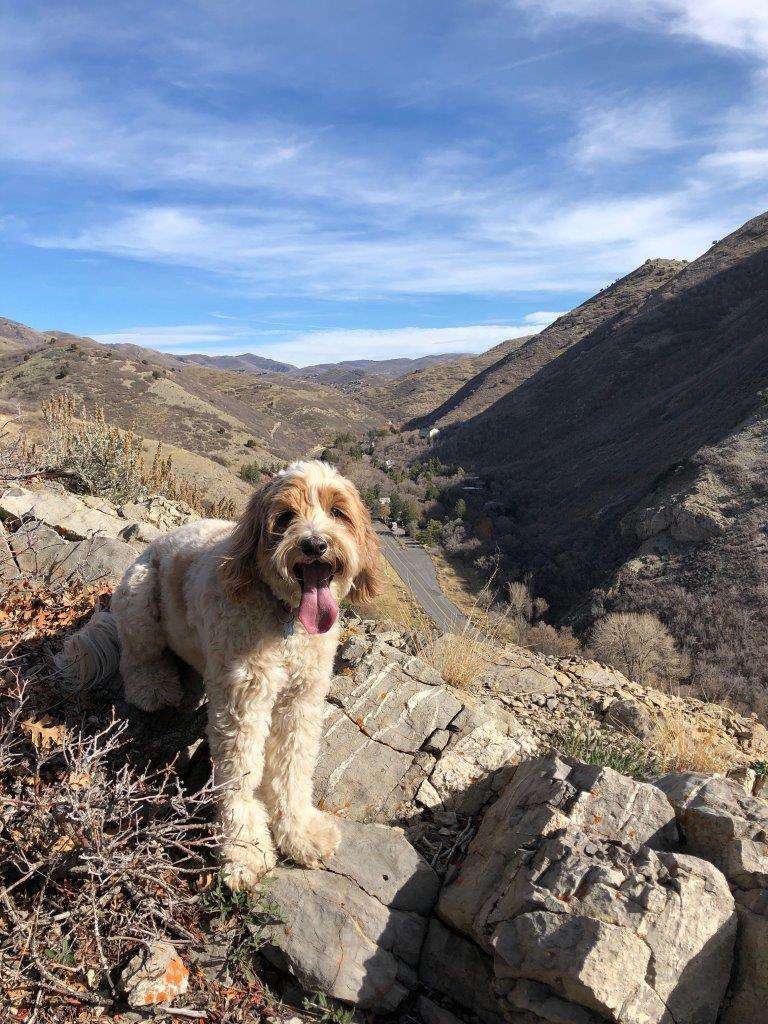
Dogs
in the
Foothills
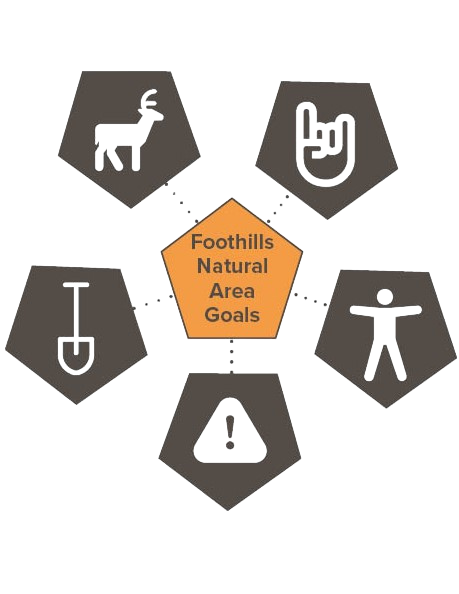
Learn more about the Salt Lake City Foothills
Visit the Foothills homepage to learn more about current projects, trails, and future plans.
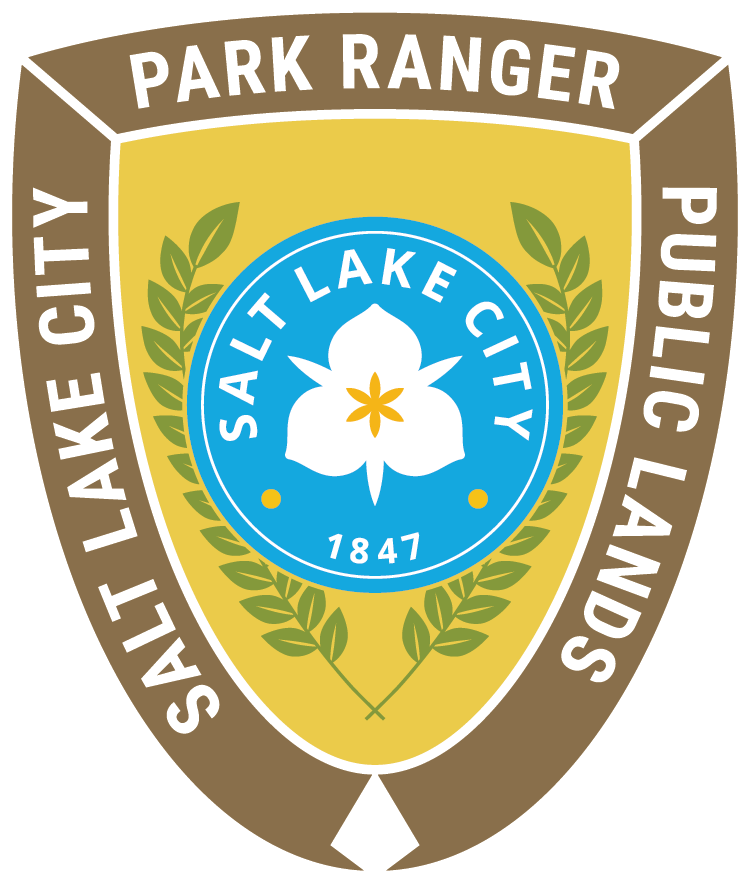
Salt Lake City Park Ranger Program
Park Rangers can provide more information about how to Be W.I.L.D. They’ll help connect you with volunteer opportunities, interesting ranger-led educational events, can answer questions about trail and park etiquette, and will welcome you to new spaces in your neighborhood.